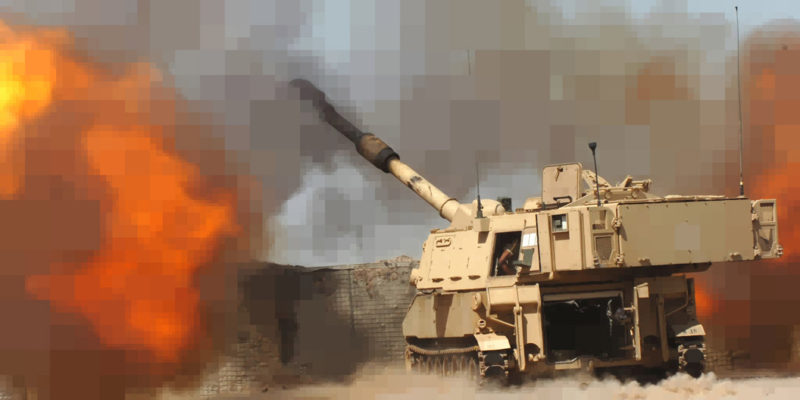Having just spent the better part of the past two weeks teaching, I’m still catching up with what has been going on in the world of photography. An article by Michael Shaw, an extremely smart and well-researched take-down of a tweet by David Frum, former speech writer for George W. Bush and now Senior Editor at The Atlantic, might have been the highlight of that period of time. If you’re not familiar with the story, read Shaw’s piece to be able to make sense of the following.
You might wonder why it’s worthwhile to dwell on what appears to be just one of the many scandals or pseudo-scandals around photography. But I think both Frum’s original accusation and the way Shaw reacted to it point us to two very important aspects of photography on the web.
There doesn’t appear to be anything noteworthy about the accusation that a photograph might be doctored and/or staged. We’ve seen many such discussions before. But think about what is actually happening here. We are all used to the fact that photographs might be doctored, when in fact the number of such images produced by respected visual journalists is very, very small.
The very accusation itself, however valid it might be, has in effect now come to serve a role on its own: if you’re unable to defend the indefensible (like the bombing of a hospital) you might as well attack the resulting photographs. Somewhere, the doubt has got to stick in your audience’s minds, and photographs so neatly provide the sticky surface.
This is, after all, the game we’re now engaged in, a game photographs have become an integral part of: flood the internet with images around major events, and question any photograph that appears to not support your own position. Who is to say who is right or wrong, especially given how fast everything is moving now?
Essentially, you can create your own reality – a concept we can be sure Frum, George W. Bush’s former speech writer, is very familiar with. All you need are images that support your point of view, and everything else is just doctored. If there’s a problem, simply attack photographs that appear to contradict your position by attaching doubt to them, a doubt easily available these days.
Frum’s game would have worked very well, if Shaw hadn’t called it the way he did. The internet might be flooded with photographs, many of them from unconfirmed/unconfirmable sources. But these very images can serve as a research tool to effectively do the due diligence. To see how this can work, see Shaw’s article. Frum apologized here.
If you want to find out about an image, the tools to do so are now at essentially everybody’s disposal. So not only are we flooded with images, some of which might be fake or at least dubious – at the very same time, we can now also use all of these images (and videos) to possibly find out what actually happened.
For example, I’ve been following the “crisis” in eastern Ukraine – created and sustained by Russia – using a website The Interpreter. With so much information and counter-information online, it’s hard to tell what’s actually going on. Time and again, The Interpreter have done the research, geolocating images and/or videos (find various examples here).
The Interpreter have used videos shot by people on the scenes (often multiple ones, produced from slightly different locations), photographs, images culled from sites like Panoramio/Google Street View, and the input from people who either are familiar with the scene or who appear to have the time and willingness to do this kind of painstaking research. Each of the elements on its own might be too unreliable to yield much insight. Taken together, however, they overlap in ways that create very specific and clear conclusions. This is remarkable.
So the flood of images online and our inclination to at least initially not believe anything we see cuts both ways: you can use it to cast doubt on photographs that contradict your position (regardless of whether there is any merit to it), but you can also investigate videos and images in ways that previously was much, much harder. Given that the research inevitably takes a lot longer than accusing someone of staging a picture, the David Frums of the world are at an advantage. But as long as we have the Michael Shaws there is hope, a lot of it actually.
